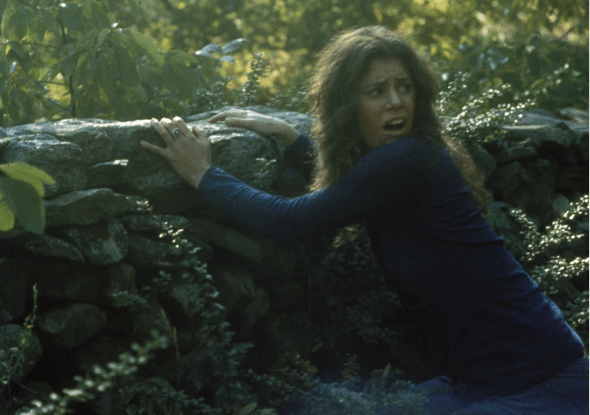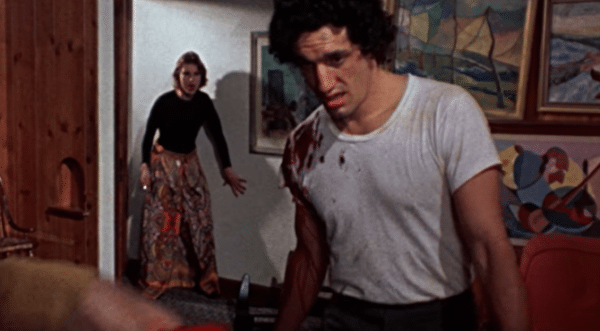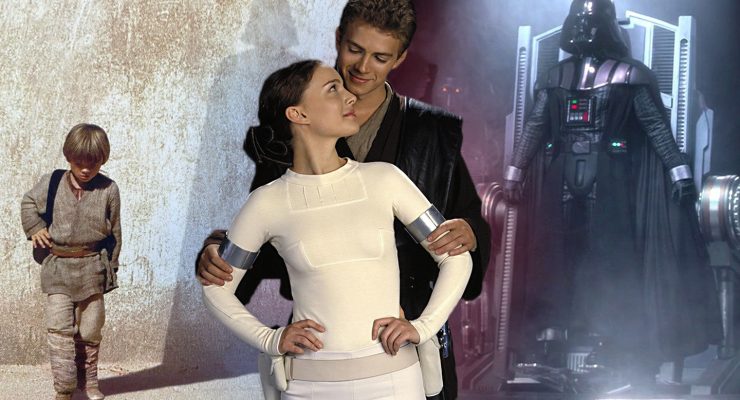The Last House on the Left, 1972.
Directed by Wes Craven.
Starring Sandra Peabody, David Hess, Fred J. Lincoln, Lucy Grantham, Richard Towers, Cynthia Carr, Martin Kove, Marc Sheffler, and Jeramie Rain.
SYNOPSIS:
A pair of friends finds themselves at the mercy of a gang of escaped convicts led by the vicious thug Krug.
Giving us classics like The Hills Have Eyes, Scream and A Nightmare on Elm Street plus a handful of lesser-known but still intriguing films to his credit, the late Wes Craven was one of the finest directors to ever grace the horror genre.
However, before he created the beloved classics he’s celebrated for today, Craven wrote and directed the highly controversial rape/revenge film The Last House on the Left. And as it’s poster reminds us ‘To avoid fainting keep repeating; “It’s Only A Movie, Only A Movie, Only a Movie”’.
Being a low budget film directed by a first-timer and starring a group of amateur actors, many in their acting debuts, one generally wouldn’t expect the quality to be anything special. Surprisingly though the film is honestly rather impressive for a debut film with Craven’s direction being effective throughout with rather decent, albeit sometimes wobbly, performances from the cast.
David Hess steals the entire film as Krug (whose name would become the basis for another Craven character. Guess which one?) with the actor/singer managing to truly capture the sadistic and psychopathic fury of the character, while also projecting a rather unnerving aura of dark charisma.
Hess is often at his most frightening when he’s at his calmest, such as when he’s taunting his victims or telling his drug-addicted son to “blow his brains out” only raising his voice gradually to make his point clear. Hess’s performance as Krug ranks, in my view, as possibly one of the most underrated horror villains of all time with it being a chilling and intense depiction of evil in its rawest form. On a lighter note, is it me or does David Hess look a bit like Jon Bernthal?
The visual style of the film is suitably grungy with the sometimes handheld camera work giving it a realistic almost documentary look at times. This is almost certainly not a film for the faint-hearted, with it having more than a few scenes that will leave some viewers shifting rather uncomfortably in their seats and others reaching to turn it off, with the gritty visual style only serving to heighten the disturbing nature.
Perhaps most upsetting is a moment in which Krug rapes and murders Mari with the barbaric act seemingly leaving even her killers looking somewhat disgusted and guilt-ridden. The quiet nature of the scene only serves to heighten the suitably tragic and eerie feel and the image of Mari stood in the river as Krug shoots her is one that lingers in the mind. Or at least it should linger if the impact wasn’t ruined by the film’s wild tonal shifts.
Time after time the film gives us a moment that is dark and disturbing such as a brutal rape and then an equally brutal murder. You’re sat there feeling suitably disturbed by such a horrific scene when, before you’ve managed to process the moment, the film cuts to a pair of bumbling cops who look like they’ve stumbled out of a bad Smokey and The Bandit rip-off, completely ruining the mood.
The tonal whiplash is at best insensitive and at worst downright offensive especially given the film’s serious and sometimes graphic subject matter. The jarring tonal shifts are especially frustrating because when the film takes itself seriously it’s honestly not a bad film, a tad rough around the edges but still promising. But they keep fucking things up by cutting to bumbling cops falling off a chicken truck or an especially jovial cake baking scene. Thankfully, Craven would learn his lesson from this mistake and his later films managed to largely keep their tones consistent.
The music especially is guilty of killing the tone stone dead at various points. The most bizarre and ill-considered comes in one moment in which Krug and his gang are bundling their unconscious victims (on whom has already been raped) into the back of their getaway car. Again it’s a moment that you’d think would be taken seriously but the music suggests that this moment is more akin to some kind of wacky sitcom about a gang of psychopaths moving house.
Perhaps the weirdest musical aspect of the film is is that Krug and Sadie (his female cohort) are given their own zany theme tune which, apart from playing at the worst moments (such as during a discussion of sex crimes) has fucking kazoos blaring in your ears. The worst part of this theme tune is that’s it’s really damn catchy and you will find yourself humming it to yourself for days afterwards and feeling horrible for doing so.
Oh and even worse than is after the film has reached its dark, bloody and violent climax, this song, this fucking kazoo shit is what the film decides to play over the end credits. Almost like the film is giving a final middle finger to the viewer.
In fairness, the music is not all bad (even the zany stuff is fun when listened to out of context). Composed by David Hess (the man can do everything) the music, when it’s appropriate, adds a certain level of pathos and solemnity to moments. For instance, the main theme entitled “The Road Leads to Nowhere” is a memorable and sombre number that sets up the often bleak tone well. The music that plays when Mari is killed is also excellent and adds a rather haunting quality to what is already a dark and upsetting moment. Maybe they could have done with more Kazoo’s though to lighten things up.
The Last House on the Left is a frustrating film to rate. When the film works it really works, presenting us a with a violent and disturbing tale of rape and revenge that has its fair share of shocking and upsetting moments. The cast’s solid and believable performances, especially the stellar and terrifying Hess, are also a highlight and they do work hard to keep the viewer invested.
However, I can’t forgive the film for its almost insulting tonal incoherence that nearly ruins everything it works hard to build. I can’t stress how irritated I was when a dark moment of violence was followed by another unfunny moment of ill-timed comic relief. I understand that some horror films have comic moments but there are times and places for comedy in horror and it is not following a f**king rape scene.
The Last House on the Left is a mixed bag from start to finish. While it works at times, it’s tonal inconsistencies leave a rather sour taste in the mouth that prevent it from being great. Check it out if you’re curious to see where Wes Craven started his career, but I’m not sure I can recommend for any other reason.
Scare Rating: ? ?
Flickering Myth Rating – Film: ★ ★ ★ / Movie: ★ ★
Graeme Robertson














